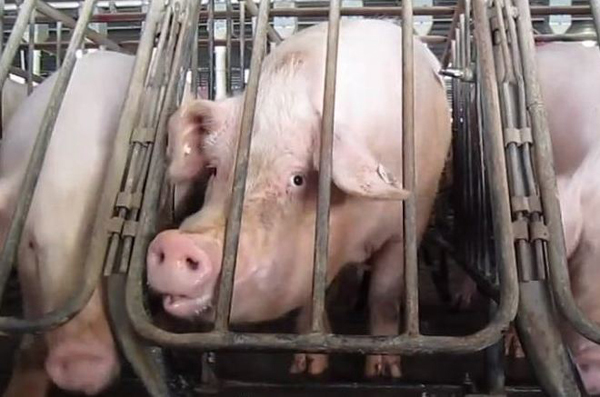- South Texas Students Meet Accordion Music Icons Los Tigres Del Norte In Edinburg Thanks To Khs America/Hohner Alianza Académica Initiative
- Fragile Planet Offers a Nighttime Wildlife Experience
- Falcons Soccer Off & Running
- Cameron County Receives Funds to Improve Two Parks
- Falcons Complete First Half of 32-6A
- School District to Help out Victims of California Wildfires
- Sand Castle Days Continued Despite Unexpected Weather
- Ready for District
- Discussion of Garbage Dumpster Rates, Agreements Between State & City on Highway Regulations, and More
- 31st Annual Shrimp Cook-Off is Right Around the Corner
Consumer Diets Contribute to Climate Change
- Updated: August 3, 2018

Households that spend more of their weekly food budget on beef, chicken, pork and other meats generate more greenhouse-gas emissions than households that opt for plant-based proteins. Photo: Pixabay
by Eric Galatas
AUSTIN, Texas – Researchers say they’ve tapped the most comprehensive estimate of greenhouse gas emissions created by U.S. consumer food purchases, and those emissions are on par with other major contributors to climate change.
Rebecca Boehm, lead author of the report from the University of Connecticut, says consumers are in a position to make a big impact each time they go to a restaurant or grocery store.
“The easiest way to reduce greenhouse gas emissions from your diet or your food purchases is to purchase less red meat and animal products,” she points out. “They are more carbon intensive to produce. Plant based diets generate lower greenhouse gas emissions.”
Researchers found that the life cycle of food purchases – from growing and harvesting crops to marketing, packaging and transportation – created 16 percent of the nation’s greenhouse gas emissions in 2013.
By comparison, commercial and residential activity accounted for 12 percent, with industrial activities adding 21 percent.
The single largest contributor of CO2 continues to be coal fired power plants.
Boehm says helping reduce climate pollution doesn’t have to mean giving up meat altogether. Poultry and seafood have a lower carbon footprint, and Boehm says opting for plant-based proteins such as beans and lentils more frequently can make a difference.
She notes that because people make decisions about what to eat three times a day, those choices can really add up.
“You know there are plenty of alternatives to the most carbon intensive foods,” she states. “There’s also potential health benefits to making those changes. So, it’s sort of a win-win for consumers.”
Buying fruits and vegetables from local farmers also can help cut emissions created by transporting goods in refrigerated containers cross-country or across oceans.
And while consumers alone can’t re-shape the nation’s food industry, Boehm says they can help support grocery stores and food vendors working to cut their carbon footprint.
